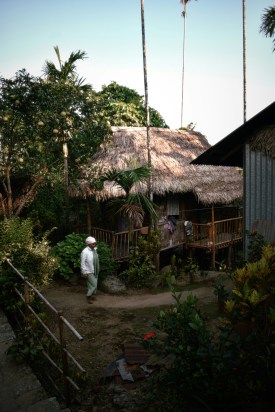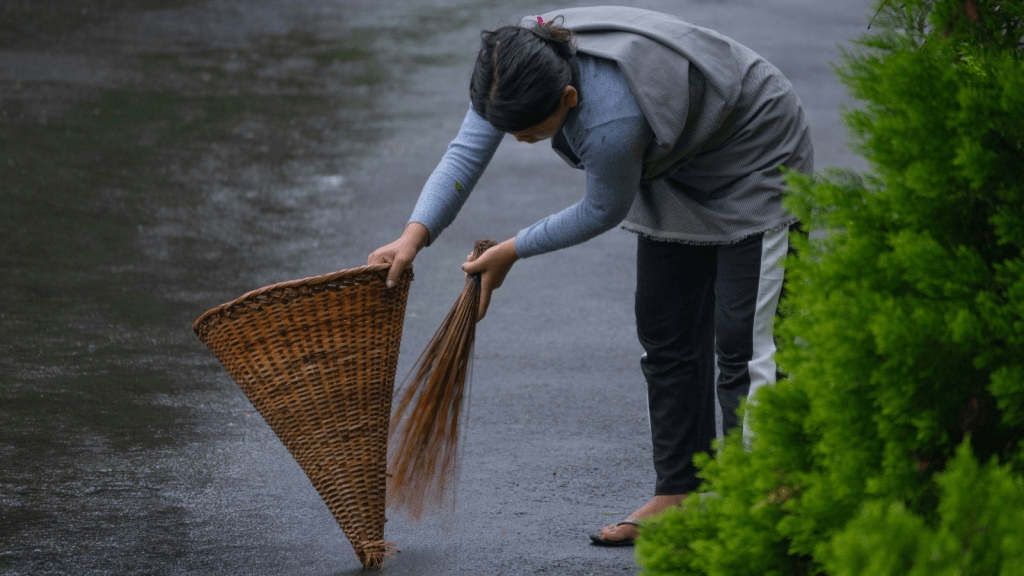Spend even a few hours wandering through Mawlynnong’s bamboo-lined lanes, and you’ll realise that this village in Meghalaya’s East Khasi Hills district isn’t just a civic effort — it’s a way of life.
Long before eco-tourism became fashionable, the villagers of Mawlynnong had embraced sustainable living. Every household takes responsibility for keeping its surroundings spotless. Waste is carefully segregated — organic matter goes into compost pits, while non-biodegradable waste is either recycled or disposed of responsibly. Bamboo dustbins line every path, and sweeping is a daily ritual, performed by men, women, and even children.
This deep-rooted culture of cleanliness isn’t driven by external enforcement, but by community pride. Cleanliness here is seen as both a social and spiritual duty — a reflection of the Khasi ethos that values harmony with nature.
In 2003, Discover India magazine conferred on Mawlynnong the title of “Asia’s Cleanest Village,” putting it on the global tourism map. Since then, it has become a model of grassroots-driven sanitation and eco-tourism. Visitors are often astonished to find spotless roads, flower-lined fences, and crystal-clear streams — all maintained without municipal intervention.

Tourism, while increasing, has been managed carefully by local committees. Homestays built of bamboo offer visitors an authentic village experience, and local guides ensure that tourism remains both respectful and beneficial to the community.
Mawlynnong’s surroundings add to its quiet magic. The village lies close to Riwai, home to one of Meghalaya’s famous living root bridges — natural structures woven from the aerial roots of rubber trees, strengthened over decades by patient hands. A short walk through the rainforest reveals this living example of bioengineering that has come to symbolise Meghalaya’s sustainable wisdom.
From the village’s Sky View — a 85-foot bamboo watchtower — visitors can look out over the verdant plains of Bangladesh. On a clear day, the patchwork of fields stretches endlessly, merging with the horizon.
What makes Mawlynnong remarkable is that its achievements rest not on policy or funding, but on community willpower. Villagers meet regularly to discuss sanitation, water conservation, and tourism management. Plastic use is strictly discouraged, and traditional Khasi architecture — using bamboo, thatch, and local stone — dominates the landscape.
The result is a settlement that feels not frozen in time, but in perfect balance with it. In an age of rapid urbanisation and environmental stress, Mawlynnong stands as a quiet reminder that progress and purity can coexist — if nurtured by collective responsibility.
Getting There
Mawlynnong is about 78 km from Shillong, roughly a 2.5-hour drive along a scenic route that winds past waterfalls, cloud-draped valleys, and small Khasi hamlets. The best time to visit is from May to September, when the monsoon paints the hills an impossible shade of green.


